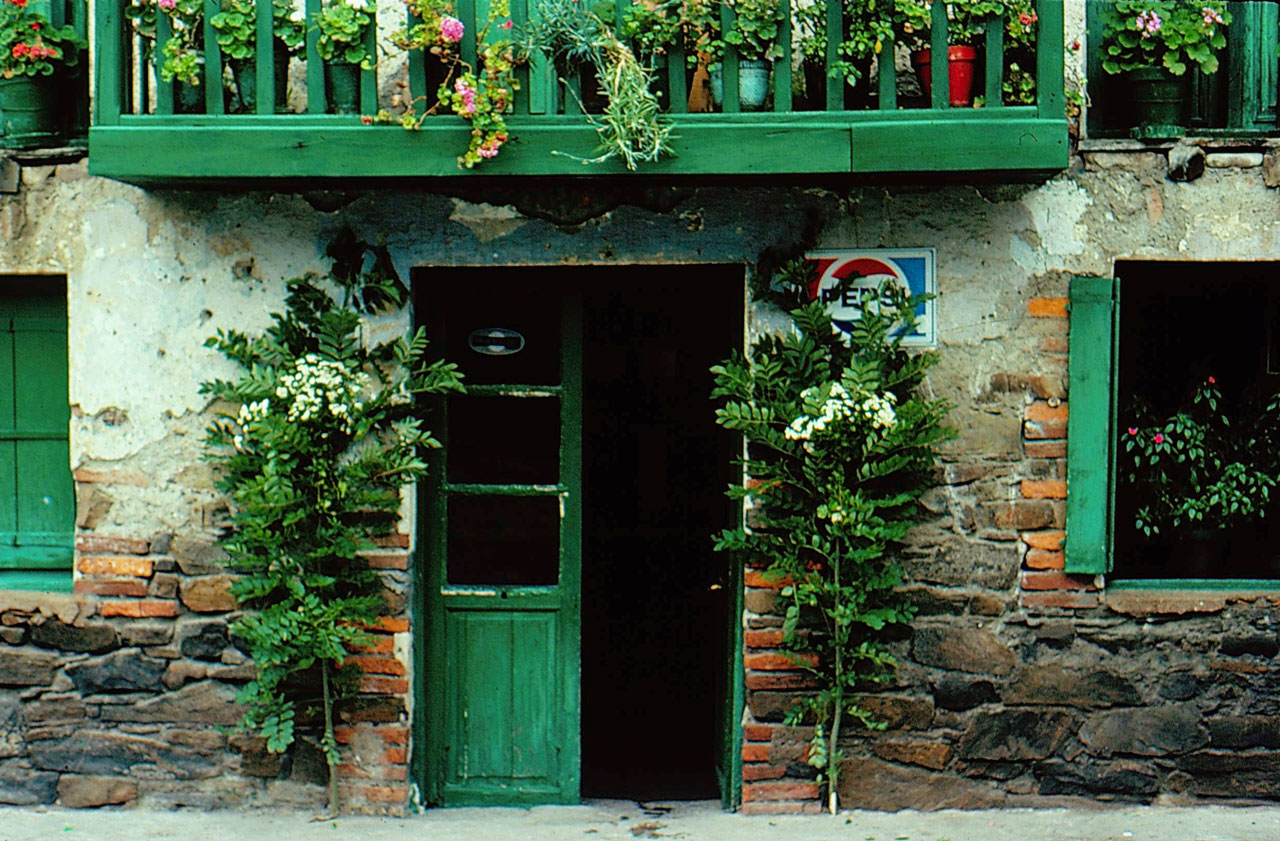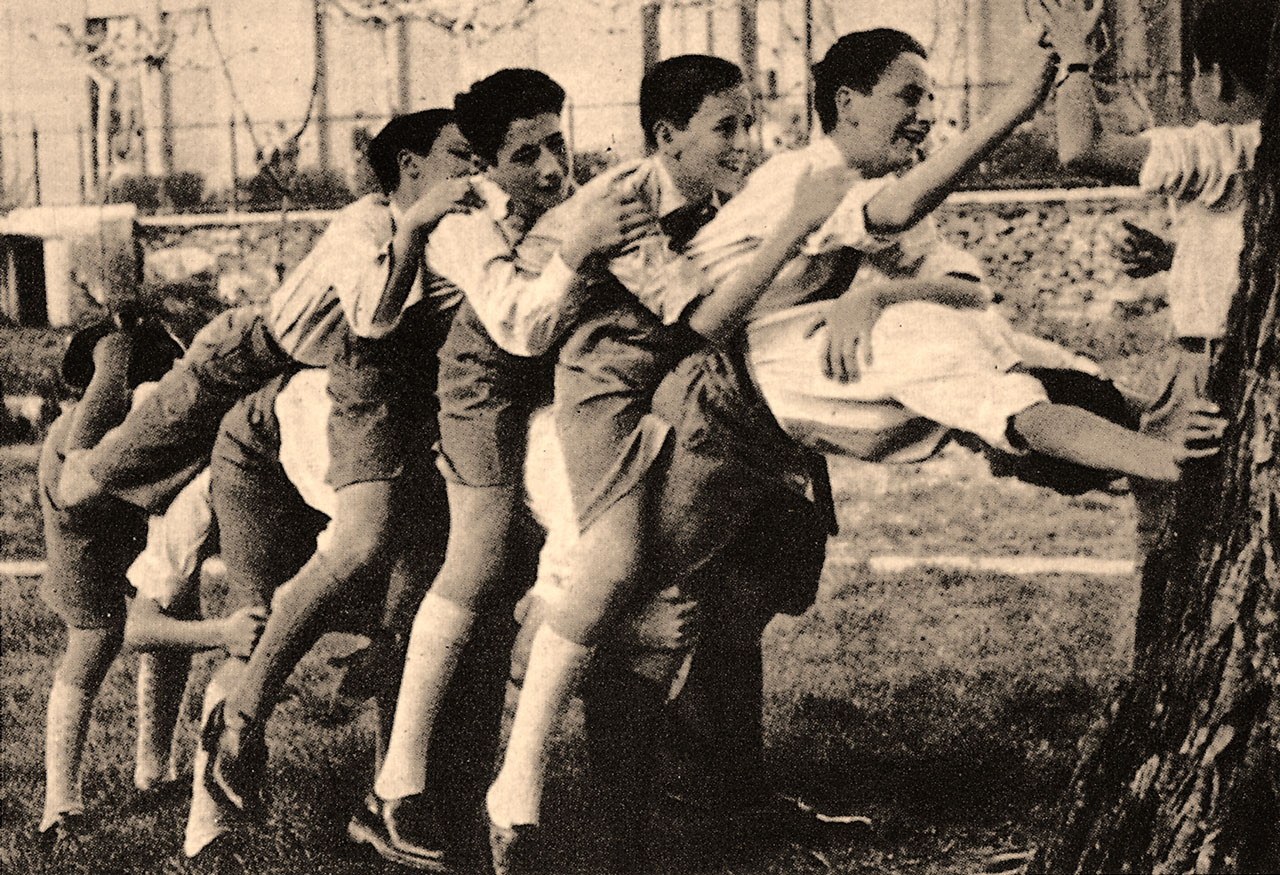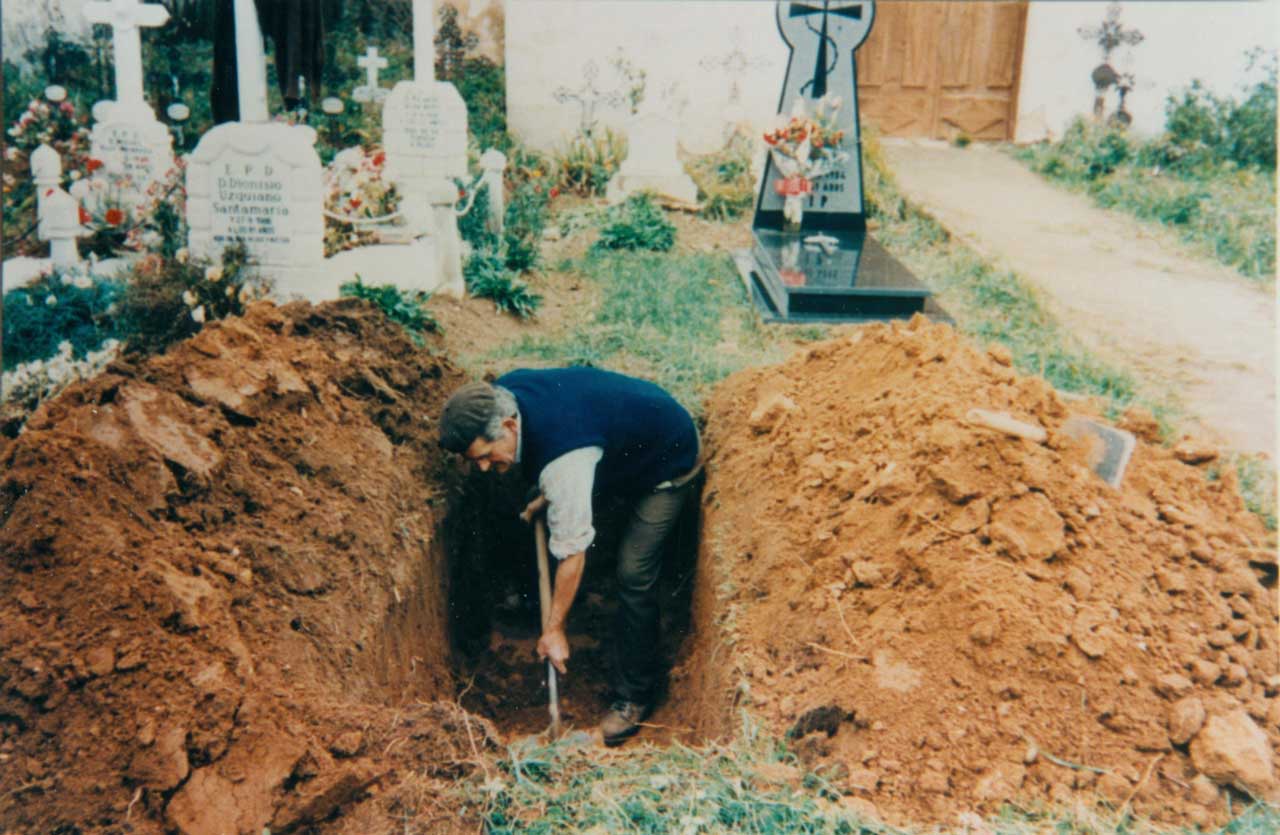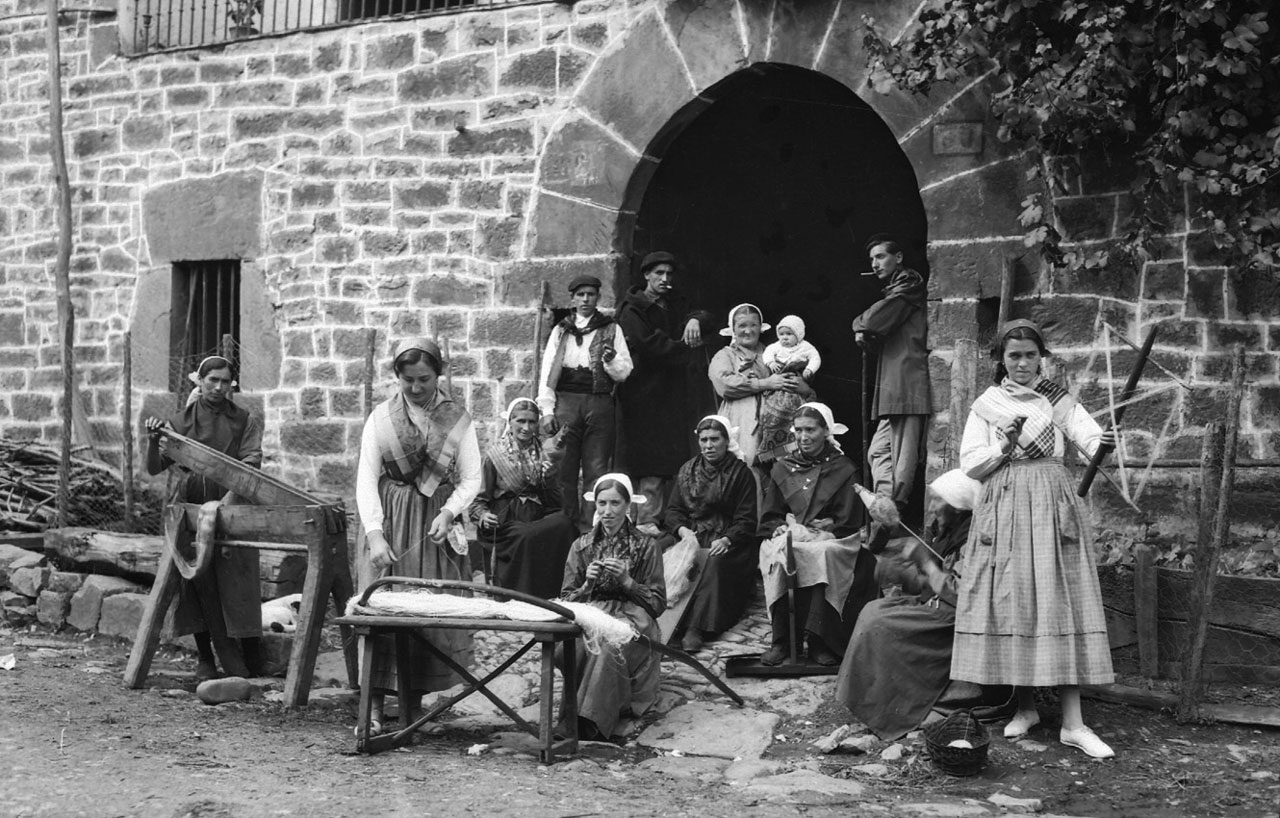Diferencia entre revisiones de «Main Page/en»
De Atlas Etnográfico de Vasconia
| Línea 12: | Línea 12: | ||
==[nav]== | ==[nav]== | ||
| − | ===[casa| | + | ===[casa|House and Family|/atlas/casa.png]=== |
| − | ===[alimentacion| | + | ===[alimentacion|Diet|/atlas/alimentacion.png]=== |
| − | ===[juegos| | + | ===[juegos|Children’s Games|/atlas/juegos.png]=== |
| − | ===[medicina| | + | ===[medicina|Medicine|/atlas/medicina.png]=== |
| − | ===[nacimiento| | + | ===[nacimiento|Birth|/atlas/nacimiento.png]=== |
| − | ===[ritos| | + | ===[ritos|Funeral Rites|/atlas/ritos.png]=== |
| − | ===[ganaderia| | + | ===[ganaderia|Livestock Farming|/atlas/ganaderia.png]=== |
| − | ===[agricultura| | + | ===[agricultura|Agriculture|/atlas/agricultura.png]=== |
==[libros]== | ==[libros]== | ||
Revisión del 17:53 28 ene 2020
St John’s bunches of branches and flowers. Zeanuri (B), 1980. Source: Ander Manterola, Etniker Euskalerria Groups.
House and Family in the Basque Country


House and Family in the Basque Country
Different types of rites, such as attaching the St. John’s branch, San Juan haretxa, to the doorposts, were performed around the St. John’s Day festivities.
Family Diet in the Basque Country


Family Diet in the Basque Country
Maize, introduced in the 17th century, and potatoes, in the 19th, would revolutionise the Basque diet.
Vegetal clothing and accessories. Egozkue (N), 1967. Source: José Zufiaurre, Etniker Euskalerria Groups.
Children’s Games in the Basque Country


Children’s Games in the Basque Country
Akerrak adarrak okerrak ditu, adarrak okerrak akerrak ditu, okerrak adarrak akerrak ditu. Tongue-twister
Traditional Medicine in the Basque Country


Traditional Medicine in the Basque Country
Ona da ardaoa, kentzeko burutik beherakoa. Treat a cold with a hot toddy.
Rites from Birth to Marriage in the Basque Country


Rites from Birth to Marriage in the Basque Country
As was the case of all important events, the wedding banquet, eztei-bazkaria, was celebrated at home.
Funeral Rites in the Basque Country


Funeral Rites in the Basque Country
Hildakoari hobia eta biziari ogia. The dead to the grave and the living to the roll.
Livestock Farming and Shepherding in the Basque Country


Livestock Farming and Shepherding in the Basque Country
The permanence of shepherding in the mountains of the Basque Country over centuries may help understand the fact that denominations given to diverse species of livestock, as well as to the implements used, form a distinguishing lexical corpus, independent from Indoeuropean languages.
Agriculture in the Basque Country


Agriculture in the Basque Country
Linoaren atsekabeak, amaigabeak. Producing fine linen is hard work.








